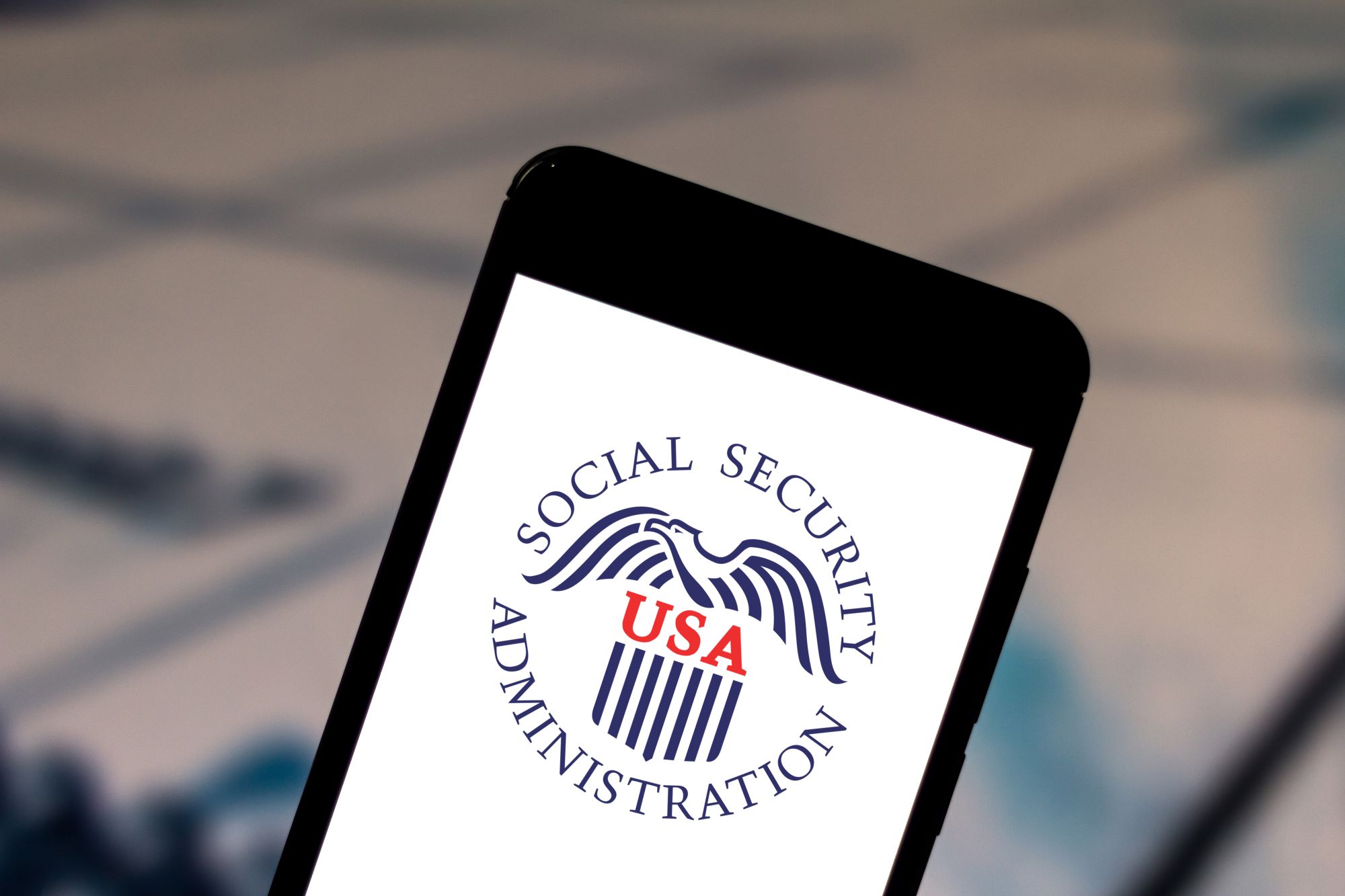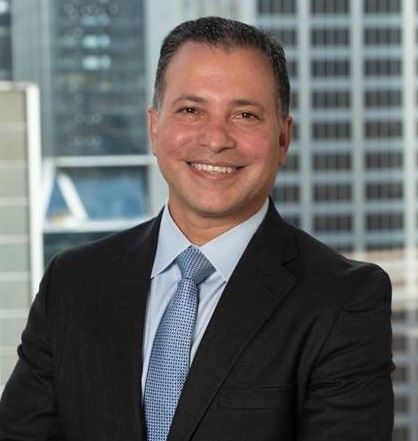Connections - 07.26.23
SECURE 2.0 Act: Setting Every Community Up for Retirement Enhancement
Share this page
Stay Informed on the Latest Research & Analysis from ANCOR
More News
Industry Insights - 04.18.24
Industry Insights: April 2024

Connections - 03.29.24
SSA’s Overpayment Overhaul

Stateside Report - 03.04.24
Stateside Report: March 04, 2024



